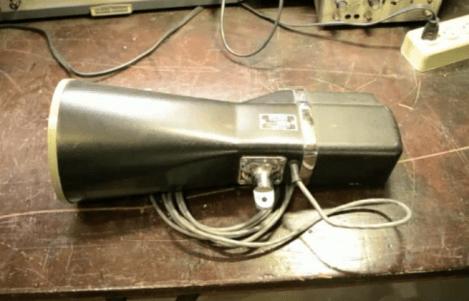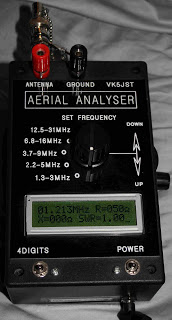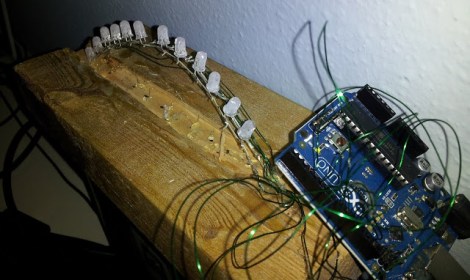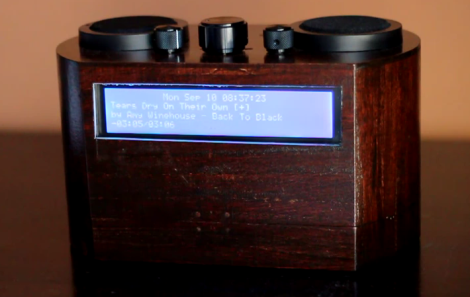
[Gregory Charvat] decided to see what he could do with this old Police radar gun. It is an X-band device that broadcasts continuous waves and measures the Doppler shift as they echo back. He cracked it open to see if he could interface the output with a computer.
After a little poking around he’s able to get it connected to a 12V feed from his bench supply, and to monitor the output with an oscilloscope. He established that it draws about 0.5A in current he built a companion board which uses AA batteries for power, and provides an audio output which can be plugged into his laptop’s audio-in jack. This technique makes reading the device as easy as recording some audio. From there a bit of simple signal processing lets him graph the incoming measurement.
In the video after the break you’ll see his inspection of the hardware. After making his alterations he takes it into the field, measuring several cars, a few birds, and himself jogging.
Continue reading “Hacking An Old Radar Gun To Interface With A Laptop”
















